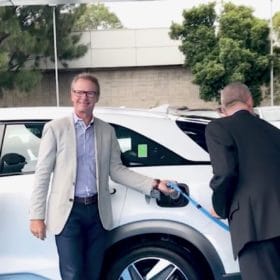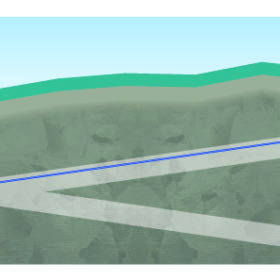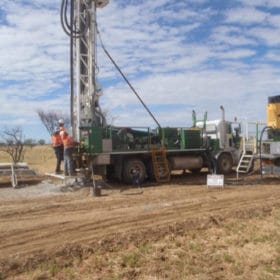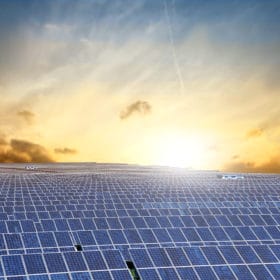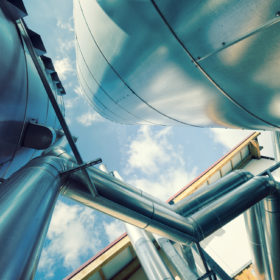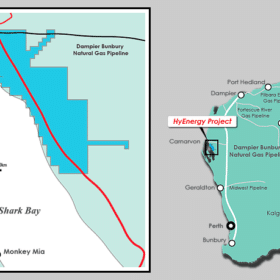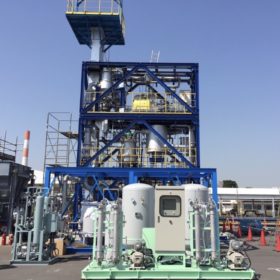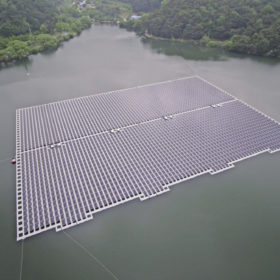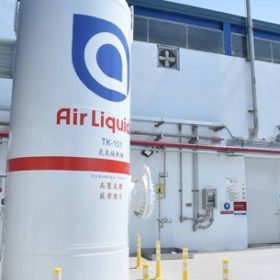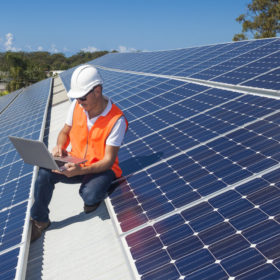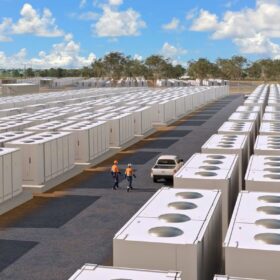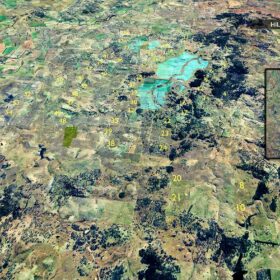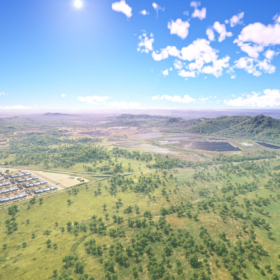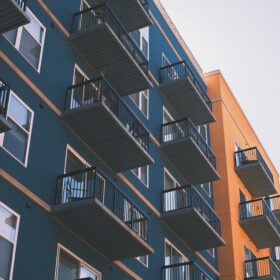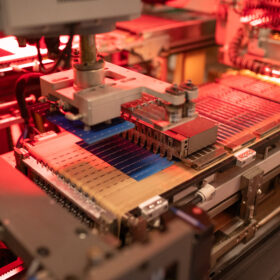Solar powers novel green hydrogen fuel technology
A homegrown technology developed by the University of Newcastle and Southern Green Gas has seen the development of a novel green hydrogen fuel and carbon neutral green methane. The fuel was demonstrated in Hyundai’s Nexo hydrogen fuel cell SUV in Sydney.
Work begins on green hydrogen storage cavern in Sweden
Vattenfall, SSAB and LKAB are building a rock cavern storage facility in a coastal city in northern Sweden. The 100-cubic-meter facility will be built 30 meters below ground and will begin storing green hydrogen next year.
QEM to complete solar PV study as part of green hydrogen plan
Mining company QEM is exploring the potential of solar PV and wind energy as part of the company’s broader ambition to produce green hydrogen on site at its Julia Creek vanadium and oil shale project in North Queensland.
Solar PV driving green hydrogen to undercut gas, says latest BloombergNEF forecast
BloombergNEF’s latest modelling has found that solar PV is the key driver behind an accelerating cost decline in green hydrogen. The forecast shows green hydrogen’s cost declining by 85% by 2050, undercutting natural gas as well as both blue and grey hydrogen production.
Danish and Swedish-Australian companies partner on mysterious green hydrogen project
Green Hydrogen Systems has announced it will partner with Skai Energies on a somewhat mysterious green hydrogen generation project in Australia.
Province Resources seeks to acquire more land for its 1 GW green hydrogen project in WA
Province Resources, which caused a stock market frenzy earlier this year when it announced plans to build 1 GW of hybrid solar and wind to produce green hydrogen in Western Australia, has today said it plans to acquire more land for the project.
The Hydrogen Stream: Projects move forward in China, Japan, Australia and across several European countries
Sinopec wants to build 1,000 hydrogen refueling stations by 2025. Ways2H is building a facility in the Tokyo area that will convert daily 1 ton of dried sewage sludge into 40-50 kilograms of hydrogen for fuel cell mobility and power generation. Ørsted wants to deploy two renewable hydrogen production facilities for a total of 1 GW by 2030. Wacker Chemie is planning to produce green hydrogen and renewable methanol at its German site.
AGL to leverage floating solar at Loy Yang for hydrogen project
At AGL Energy’s Investor Day the energy giant revealed plans for a potential floating solar project on the site of its Loy Yang power station in Victoria. AGL, which is currently in the application process for a 200 MW battery at the site and is already producing brown hydrogen for export to Japan, is looking to leverage unused space to reduce emissions.
The Hydrogen Stream: Siemens targets $1.50/kg by 2025, BP and Saudi Aramco bet on blue hydrogen
The German company expects to roll out its in-house proton exchange membrane (PEM) electrolysis technology to implement a gigawatt production of electrolyzers. BP partners with UK gas distributor Northern Gas Networks (NGN) to develop blue hydrogen and Saudi Aramco teams up with Hyundai Heavy Industries to do the same. Italy’s Snam wants to build hydrogen projects in the United Arab Emirates.
Small-scale solar becomes second biggest player in Australia’s renewable energy mix, as CEC reveals slate of overhauled records
The Clean Energy Council has released its annual Clean Energy Australia report, revealing a string of smashed records, as states, territories and businesses continue to ramp up renewable ambitions.
